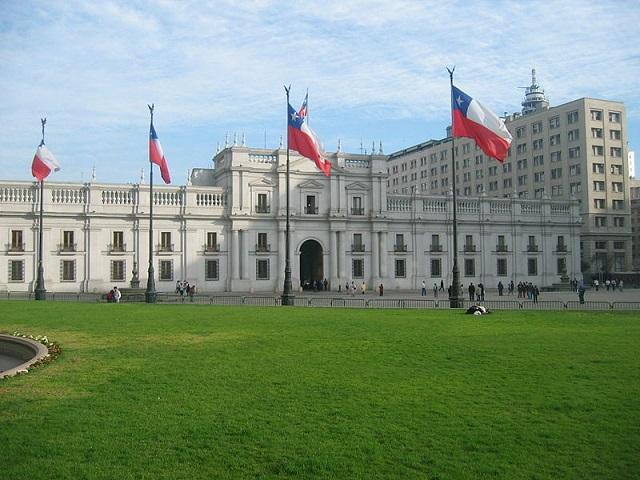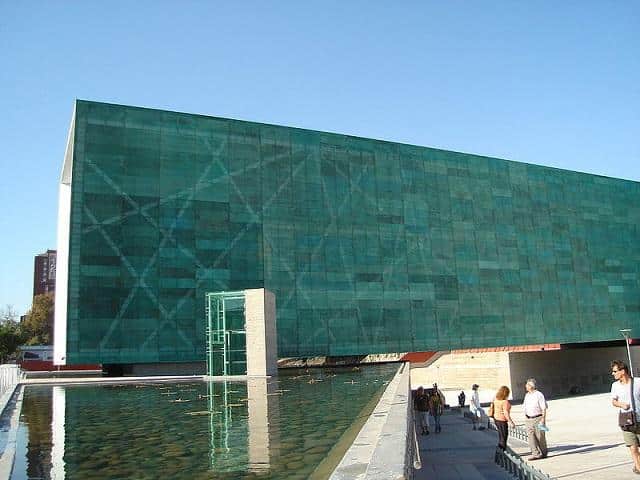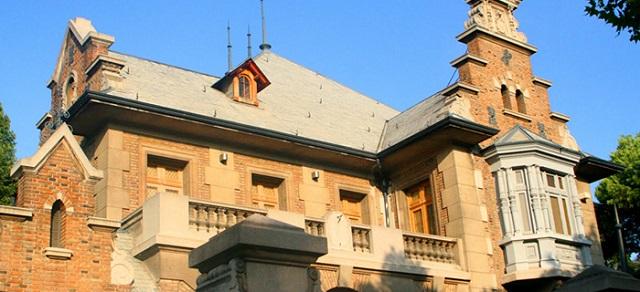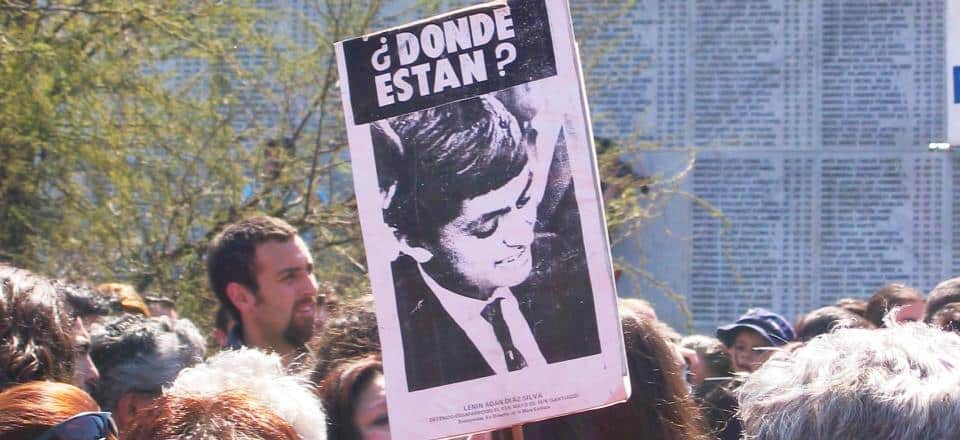More violent than the Brazilian one, the Chilean dictatorship, led by General Augusto Pinochet, left marks that can still be seen in the streets and monuments of Santiago.
On September 11, 1973, the Chilean military, largely supported by the United States, carried out a coup d’état against the democratic government of President Salvador Allende, which had socialist tendencies. Allende, upon learning of the coup, decided not to leave Palacio La Moneda, which was attacked from land and air, being largely destroyed in the process. The then president remained in the building anyway, resisting. According to testimony from his personal doctor, confirmed by subsequent autopsies, Salvador Allende committed suicide shortly before the military invaded the palace. The version, however, is still questioned by several people who believe that the president was executed.
Are you going to travel? Travel Insurance is mandatory in dozens of countries and essential for any trip. Don’t be left unprotected in Chile. See how to get the best cost/benefit insurance with our discount code.
La Moneda Palace bombed on September 11, 1973. Source: Wikimedia Commons

La Moneda Palace today. Source: Wikimedia Commons
La Moneda Palace is located in the center of Santiago, and is, to this day, the seat of the Government of Chile. It is possible to take a guided tour of the palace. It is necessary to make a reservation one week in advance, by email at Visits@presidencia.cl. Visits take place at 4 times, from Monday to Friday, free of charge.
In front of the palace is the Plaza de La Constituición, where a monument to Salvador Allende was built. Nearby, on the Plaza de Armas, is the National Historical Museum, which ends the exhibition with the Military Coup of 73, and displays Allende’s broken glasses.
Human Rights Violations
There were 17 years of dictatorship, from 1973 to 1990. During this period, the last report, from the National Commission on Political Prison and Torture, updated in 2011, counted 40,280 official victims, including 3,225 dead or missing. Victims’ associations, however, estimate that this number reaches 100,000 victims.
Exile, torture, prisons, executions. To recover this memory, the Museo de la Memoria y los Derechos Humanos was created, opened in 2010. There are objects, documents and files in different supports and formats that tell the story, seeking to dignify the families of the victims and stimulate reflection on the events. The exhibition is impressive.

Source: Wikimedia Commons
The building itself is also super attractive, with a facade made of glass and copper. Surrounding it is the beautiful Plaza de La Memoria, a space designed for shows and cultural events. The museum is close to the Quinta Normal metro station. Open from Tuesday to Sunday, from 10am to 8pm. Access is free.
Another place dedicated to the memory of the dictatorship is Londres 38, a building located in the Paris-Londres neighborhood (at Rua Londres, 38) and was, for a year, the Operations Center of the Dirección de Inteligencia Nacional (DINA), the responsible for detaining, torturing and exterminating political opponents of the dictatorship. The place was previously the headquarters of the Socialist Party.
To confuse reports from family members and victims of what was happening there, the regime changed the building number to 40, which meant that reports were directed to a non-existent address. It is possible to take a free guided tour of London 38, which takes place from Tuesday to Friday, at 12pm and 4pm, or on Saturday, at 12pm.
Another memorial is at Cementerio General. Just like the Recoleta cemetery in Buenos Aires, the place is an open-air museum, with super elaborate tombs, made by famous sculptors. There, there is the tomb of Salvador Allende, which is the most sought after by visitors, close to the Memorial del Detenido Desaparecido y del Ejecutado Político, also within the cemetery. To get there, get off at Cementerios Metro station.
Art and history
During the visit to La Chascona, poet Pablo Neruda’s home in Santiago, the guide told us a little about how the military coup had an influence on that house and Neruda’s life. The poet was a personal friend of Allende and was linked to politics. Neruda’s three homes were invaded by the military following the coup. The library at La Chascona, the guide said, was overturned and destroyed. Some works, such as a Picasso painting, have disappeared.
The poet died on September 23, twelve days after the coup. Investigations continue to this day, as it is suspected that he was killed by poisoning in the clinic where he was admitted to treat prostate cancer.
For those who like art, another place related to the history of the dictatorship is the Museo de la Solidaridad Salvador Allende, a modern art museum, which began to bring together works by great artists between 1971 and 1973, from a meeting of intellectuals known as “Operation Truth”. More than 500 works were received, including paintings, sculptures, photographs and other forms of art, with the aim of creating an international museum supported by the Allende government.

Photo: Disclosure
With the military coup in 1973, the works were exhibited internationally by foreign artists who created the “Museus de la Resistencia”. With the end of the regime, in 1991 the museum was reopened under its current name, in part of the Museu Nacional de Bellas Artes. However, in 2004, the headquarters were transferred to Palacio Heiremans, in the República neighborhood.
The most interesting thing about this story is that, in addition to having works by great artists such as Picasso and Miró, the house where the museum is located was in 1978 converted into the Operations Center of the CNI (National Information Center), the government’s spy agency. military. In the attic, now open to the public, they installed a telephone spying system, which was discovered by accident in 2004, during restoration work on the house.
The museum is close to the Republica metro and is open from Tuesday to Sunday, from 10am to 6pm. Entrance costs 1,000 pesos and is free for students and seniors. To take a guided tour of the attic, you must book a week in advance by emailing museo@mssa.cl. They are for groups of a minimum of 5 and a maximum of 15 people. It costs 1,000 pesos per person for the Spanish guide and 15,000 pesos per group for the English guide.
*Featured photo: Wikimedia Commons
Sign up for our newsletter

Sign up for our newsletter and stay up to date with exclusive news
that can transform your routine!
Warning: Undefined array key "title" in /home/storelat/public_html/wp-content/plugins/link-whisper-premium/templates/frontend/related-posts.php on line 12
Warning: Undefined array key "title_tag" in /home/storelat/public_html/wp-content/plugins/link-whisper-premium/templates/frontend/related-posts.php on line 13




